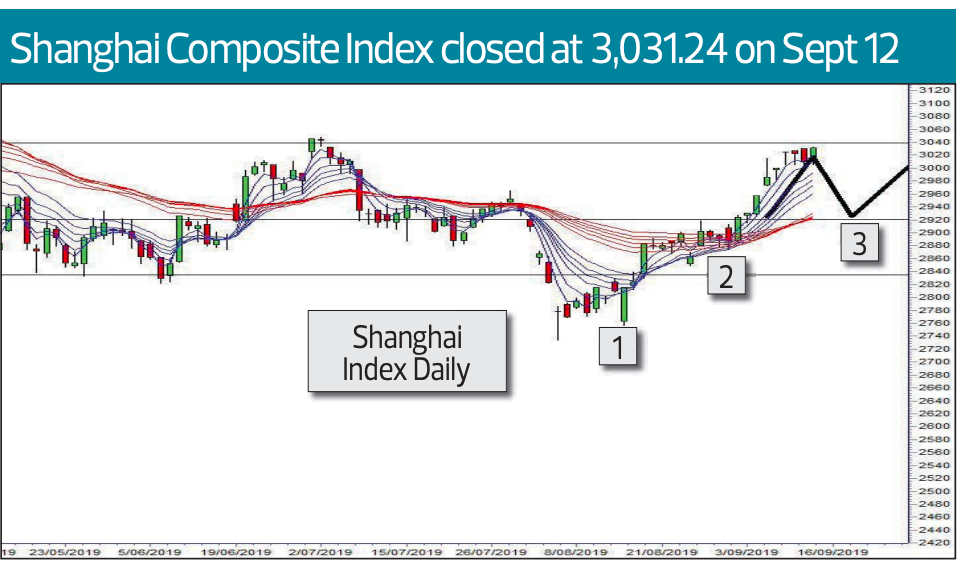What does forced technology transfer look like, and how does it relate to a commercial context? That is a relevant question at a personal level as I have been negotiating a business partnership in Beijing over the past few months. The technology at the core of the business is IP.
Rather than start with Beijing, let’s step back several decades to when I first became involved in Singapore business. I worked with, and later partnered, a Singapore company. Business expansion required an exchange of ideas on product or services and IP. Without this exchange, there would be no point in establishing or growing the business because there would be no product or service to sell.
I established a joint venture that was a commercially and legally binding agreement between two partners. We willingly worked together to build a new business that required a sharing of personnel, systems, processes, ideas and procedures. I was never forced to transfer anything, be it technology or IP, because without a voluntary cooperative transfer, the business could never grow. Yet the transfer was a precondition to growth.
Now fast forward to 2019 in Beijing. I am advising on a joint venture that is a commercially and legally binding agreement between two partners. Slot the remainder of the previous paragraph here and read because there is absolutely no difference in the process. The commercial transfer of IP and processes is a precondition to business growth just as it was in Singapore decades ago. There is no forced technology transfer.
Of course, the Chinese counterpart wants the technological edge we can supply. We want the market access, distribution networks, customer base and reputation that the Chinese partner can supply. It is the standard commercial arrangement. We pool our resources to capitalise on our relative advantages.
US company General Motors worked with its Chinese partners to build a business in China. The only way to do so was to transfer technology and processes to its China manufacturing plants. Without this, they could not build cars. Now GM builds more cars in China than anywhere else in the world. GM earns more profits in China that it does in the US market. None of this would be possible without the commercial, not forced, transfer of technology.
By all means, rail against IP theft in China, but to conflate this with forced technology transfer is dishonest and misleading. Companies wishing to do business in China do not have to fear forced technology transfer; it is not a government precondition for working in China.
Technical outlook for the Shanghai market
The Shanghai Index has completed the first major leg of the downtrend breakout. It has reached the first resistance target level near 3,040 and is now developing a retreat. The retreat away from resistance is a normal part of the longterm uptrend breakout pattern.
The potential future development of the breakout pattern is shown by the thick lines on the chart. The pullback may test the support level near 2,920 before developing a new rebound rally and retest of resistance near 3,040. Additional support may come from the value of the longterm group of averages in the Guppy Multiple Moving Average (GMMA) indicator. This support may develop at a higher level than the classic support level near 2,920.
This is a GMMA indicator breakout pattern with three tests of downtrend strength. The first part of the pattern is a fast rally following a significant downtrend (1). Traders wait for a retreat from the upper edge of the long-term GMMA (2). These retreats were small.
The second rally carries the index above the upper level of the long-term GMMA to the resistance level near 3,040. The shortterm GMMA also moves above the long-term GMMA and expands. This shows strong trader support for the breakout.
The long-term GMMA shows rapid compression and is beginning to turn up. This confirms that investors have entered the market as buyers and are supporting the new uptrend. Uptrend strength is confirmed when the long-term GMMA expands.
The third part of the breakout pattern (3) is currently developing. This is when the second rally retreats and uses the 2,920 resistance area as a support and rebound level. The index bounces away from this level and again moves decisively above the upper edge of the long-term GMMA. This rally has a high probability of moving above the resistance level near 3,040 and towards the longer-term resistance target near 3,120.
This breakout into a new sustainable uptrend is confirmed when the long-term GMMA shows signs of expansion, which indicates increased buying by investors.
Aggressive traders took long positions as the index rebounded from the lower edge of the longterm GMMA around 2,890. Conservative traders and investors now wait for a new pullback to test support features. This is Point 3 on the chart.
The full trend breakout has been confirmed with the lower edge of the short-term GMMA moving above the upper edge of the long-term GMMA.
Daryl Guppy is an international financial technical analysis expert and special consultant to AxiCorp. He has provided weekly Shanghai Index analysis for mainland Chinese media for more than a decade. Guppy appears regularly on CNBC Asia and is known as ‘The Chart Man’. He is a national board member of the Australia China Business Council.





